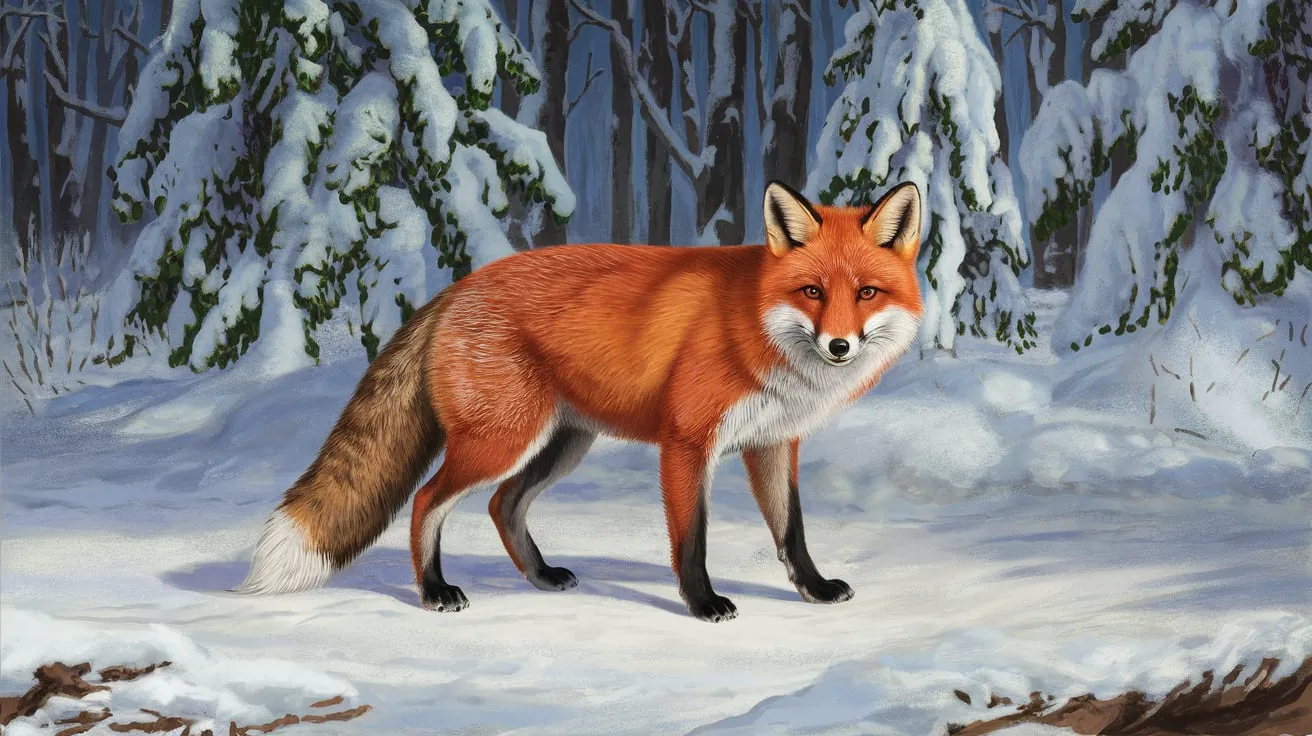Art has the magical ability to bring imagination to life, and drawing is one of its purest forms. Whether you’re a seasoned artist or someone just beginning their creative journey, capturing the essence of a fox in your work can be both rewarding and challenging. In this article, we delve into the intriguing process and significance of drawing:1enzi6g2cvg= fox, exploring techniques, inspirations, and tools that make this subject a favorite for many artists.
Why Choose a Fox as Your Subject?
Foxes are widely admired for their intelligence, agility, and striking physical features. Their bushy tails, sharp eyes, and sleek bodies make them a dynamic and versatile subject for art. Drawing a fox allows artists to experiment with texture, color, and expression, which adds depth to their work. If you’re considering drawing:1enzi6g2cvg= fox, you’re engaging with a subject that embodies both natural beauty and mystery.
Getting Started: Tools and Materials
Before you start, gather the right tools for your project. For drawing:1enzi6g2cvg= fox, you’ll need:
- Sketchbook or Canvas: A high-quality surface ensures better detailing.
- Pencils: Ranging from soft (B) to hard (H) grades for shading and outlines.
- Erasers: Both kneaded and rubber erasers for corrections.
- Colored Pencils or Paints: If you plan to add color.
- Blending Tools: Such as blending stumps or cotton swabs.
Having the right materials ensures a smooth process and allows you to focus entirely on bringing your vision to life.
Anatomy of a Fox
Understanding the anatomy of a fox is crucial when creating a realistic representation. Foxes have slender bodies, elongated snouts, and pointed ears. Their fur varies in color, from fiery orange to cool gray or even white in arctic species. Studying photographs or observing foxes in nature can provide insights into their movement and posture. When drawing:1enzi6g2cvg= fox, pay attention to these details to ensure accuracy.
Step-by-Step Guide to Drawing a Fox
- Outline the Basic Shape
Start by sketching basic shapes to form the fox’s body. Use circles for the head and torso, and lines to map out the legs and tail. This framework serves as the foundation for your drawing. - Add Features
Gradually refine the outline, adding details like the snout, ears, and paws. Foxes have expressive eyes, so take extra care in capturing their gaze. - Focus on Fur Texture
To make your fox appear lifelike, focus on the texture of its fur. Use short, overlapping strokes to mimic the natural flow of fur. When working on drawing:1enzi6g2cvg= fox, the texture can make a significant difference. - Shading and Depth
Shading adds dimension to your drawing. Use softer pencils to create shadows and highlight areas where light hits the fox’s body. Blending tools can help achieve smooth transitions. - Add Color (Optional)
If you’re adding color, layer shades to bring out the fox’s natural hues. Blend reds, oranges, and whites for the coat, and use dark tones for the eyes and nose. - Final Touches
Review your drawing for any areas that need refining. Small details, like whiskers or tufts of fur, can enhance the overall impact.
Tips for Perfecting Your Drawing
- Practice Proportions: Foxes have unique proportions, so practice drawing their body parts in isolation before combining them.
- Use References: Images, videos, or even wildlife documentaries can inspire and guide your work.
- Experiment with Styles: Whether realistic or abstract, experiment to find your signature style for drawing:1enzi6g2cvg= fox.
Exploring Different Styles of Drawing
Artistic expression knows no bounds, and fox drawings can vary widely depending on your style. Here are some popular approaches:
- Realistic: Focus on intricate details and lifelike accuracy.
- Cartoonish: Create a whimsical, exaggerated version of a fox, perfect for children’s illustrations.
- Abstract: Use bold lines, colors, and shapes to capture the essence of a fox without strict adherence to realism.
- Surreal: Combine elements of fantasy and realism to craft a unique vision of a fox.
Each style offers a distinct way to present your interpretation of drawing:1enzi6g2cvg= fox.
The Symbolism of Foxes in Art
Foxes hold symbolic meanings across cultures. In Japanese folklore, they are regarded as mystical creatures with transformative abilities, while in Western tales, they often represent cunning and intelligence. When working on drawing:1enzi6g2cvg= fox, consider incorporating these symbolic elements to add depth to your artwork.
Common Challenges and How to Overcome Them
- Capturing the Right Expression
Foxes are expressive animals. Focus on the eyes and mouth to convey their emotions effectively. - Creating Realistic Fur
Fur can be tedious to draw. Break it down into sections and work systematically. - Maintaining Proportions
Use grid techniques or guidelines to keep proportions consistent, especially in larger pieces.
When facing challenges, remember that practice and patience are key. Revisiting and refining your work is part of the artistic process.
Sharing Your Artwork
Once you’ve completed your fox drawing, consider sharing it with a wider audience. Platforms like Instagram, Pinterest, and DeviantArt are great for showcasing your talent. You can also participate in art challenges or forums that celebrate drawing:1enzi6g2cvg= fox to connect with fellow artists and gain feedback.
Conclusion
The journey of drawing:1enzi6g2cvg= fox is as rewarding as the final piece itself. From sketching basic outlines to adding intricate details, every step allows you to grow as an artist. Whether you’re inspired by the fox’s natural beauty or its symbolic significance, your artwork has the power to tell a unique story. So pick up your tools, let your creativity flow, and embark on the exciting adventure of bringing a fox to life on paper.

